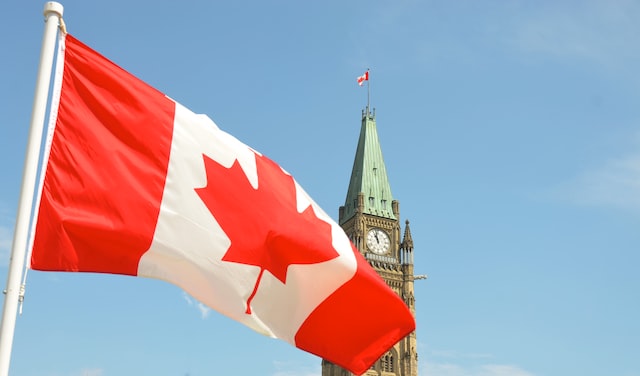Source: CIC News
Canada’s Student Direct Stream (SDS) is a fast-tracked program designed to accelerate the study permit process for qualified international post-secondary students.
Presently, the SDS program aims to quickly provide foreign students from the following 14 countries with a permit to study in Canada:
Countries Eligible for the SDS Program
- Antigua and Barbuda
- Brazil
- China
- Colombia
- Costa Rica
- India
- Morocco
- Pakistan
- Peru
- Philippines
- Senegal
- St. Vincent and the Grenadines
- Trinidad and Tobago
- Vietnam
If you are a citizen of one of the above countries and you reside in that country (outside of Canada) at the time that you apply for a study permit through the SDS program, you will need to meet these requirements to be deemed eligible:
- Be able to prove that you have achieved language test results demonstrating an IELTS score of 6 in English or NCLC 7 for French
- Be able to provide a copy of the letter of acceptance you received from a Canadian Designated Learning Institution
- Be able to provide your most recent secondary or post-secondary school transcript(s)
- Be able to prove that tuition fees for the first year of study are paid
- Be able to present a confirmation document for your upfront medical exam
- Be able to prove that you have obtained a Guaranteed Investment Certificate (GIC) of $10,000
- Be able to present a police certificate prior to when you apply
- If you are planning to study in Quebec: be able to present a Québec Acceptance Certificate (CAQ) from the Ministère de l’Immigration, de la Francisation et de l’Intégration
- Submit the application to a Visa Application Centre (VAC)
The Canadian government’s website contains a detailed explanation of some of these eligibility criteria. On this webpage, you will find extensive detail regarding such things as the different ways you can prove your first year of tuition has been paid, different financial institutions that provide GICs and who would need (and would not need) a medical exam and/or police certificate with to go alongside your application.
Additionally, as a prospective applicant, you may need varying documentation for visa application processing depending on where you live. Below is a list of Government of Canada documents written for 11 of the 14 SDS-eligible countries, which detail the visa office instructions pertinent to each country.
Note: The Canadian government does not, at the time of writing, provide documents with visa office instructions for Antigua and Barbuda, St. Vincent and the Grenadines, or Trinidad and Tobago on their website.
Brazil: Sao Paulo Visa Office Instructions
China: China Visa Office Instructions
Colombia: Bogota Visa Office Instructions
Costa Rica: Mexico City Visa Office Instructions
India: India Visa Office Instructions
Morocco: Rabat Visa Office Instructions
Pakistan: Abu Dhabi Visa Office Instructions
Peru: Lima Visa Office Instructions
Philippines: Manila Visa Office Instructions
Senegal: Dakar Visa Office Instructions
Vietnam: Ho Chi Minh-City Visa Office Instructions
Canada aims to process all SDS applications in roughly 20 days. IRCC notes that this may take longer if additional support documents are required for your application, however.
Post-Submission Process
Once an application through the Student Direct Stream is approved, Immigration, Refugees and Citizenship Canada (IRCC) will provide you with a Port of Entry (POE) letter as proof to a visa officer that you have been approved for a study permit. This will be accompanied by either a temporary resident/visitor visa or an electronic travel authorization (eTA) if you need one. It is important to understand the need for a travel visa in addition to a study permit because the Canadian government wants to ensure applicants remember that SDS program permits do not, by themselves, “allow you to travel to or enter Canada.”
In other words, these two accompanying pieces will be your true key to entering this country as an international student. Only then will your study permit take effect and allow you to continue your post-secondary education in Canada.





